Despite the relative early entry into the electric car ranks, the BMW iX has taken a good seven years to build on the foundations set by the i3.
The first electric-powered BMW production model, the i3, was launched in 2013. So far, it has racked up more than 200,000 sales globally, making the compact, rear-wheel-drive hatchback one of the 10 best-selling electric cars to date.
Last year’s BMW iX3 kick-started the second wave of electric-powered models from the German car maker, building off the third-generation BMW X3.
Now, in quick-fire fashion, the firm has launched the BMW i4 saloon and iX SUV. We've driven the former, in prototype guise, and here we ride along in the latter as part of a final validation test in a route across Germany.
Regular Autocar readers will know the background to this Audi E-tron quattro and Tesla Model X rival. First revealed in concept car form as the Vision iNEXT at the 2018 Paris motor show, the iX is described as the most advanced of BMW’s electric models yet. It features a much more heavily modified version of the CLAR platform than the iX3, with part-carbonfibre construction, and the same fifth-generation drive system as the i4, including a large, 105.2kWh lithium ion battery that is claimed to boast a 30% increase in energy density over that used by the i3, providing it with a range that BMW puts at over 373 miles on the WLTP test procedure.
The new five-seat SUV is produced alongside the 5, 6, 7 and 8 Series at BMW’s Dingolfing factory in Germany and, as a series of updates from BMW over the past two years has chronicled, the new five-seater has undergone the same development regime as other, more traditional, combustion-engined BMW models.
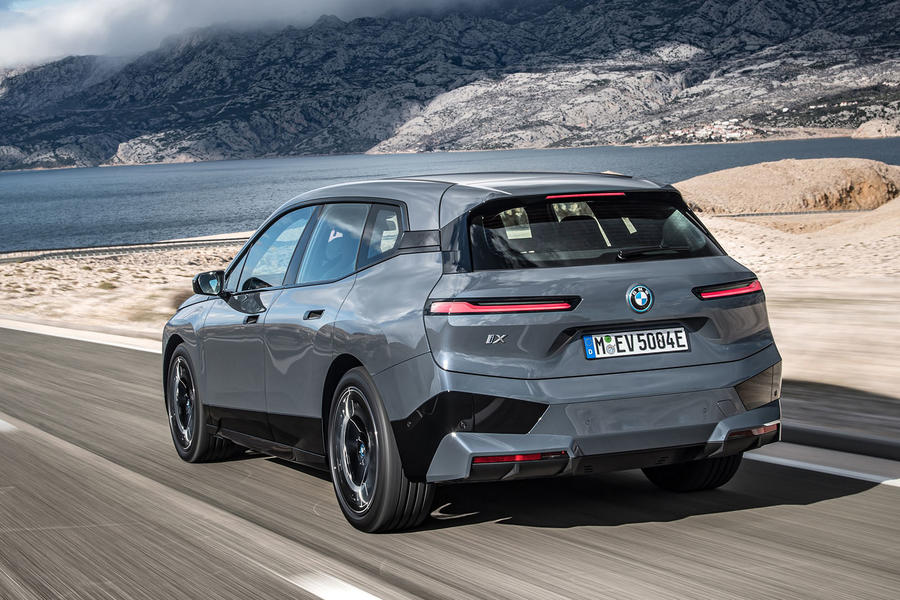
The iX we ride in is among a series of pre-production prototypes currently being run by BMW engineers as part of a final phase of durability testing. There’s no disguise of any kind. In fact, it looks showroom ready. But that’s no great surprise. We’ve known what the production version of the new BMW looks like since its unveiling late last year.

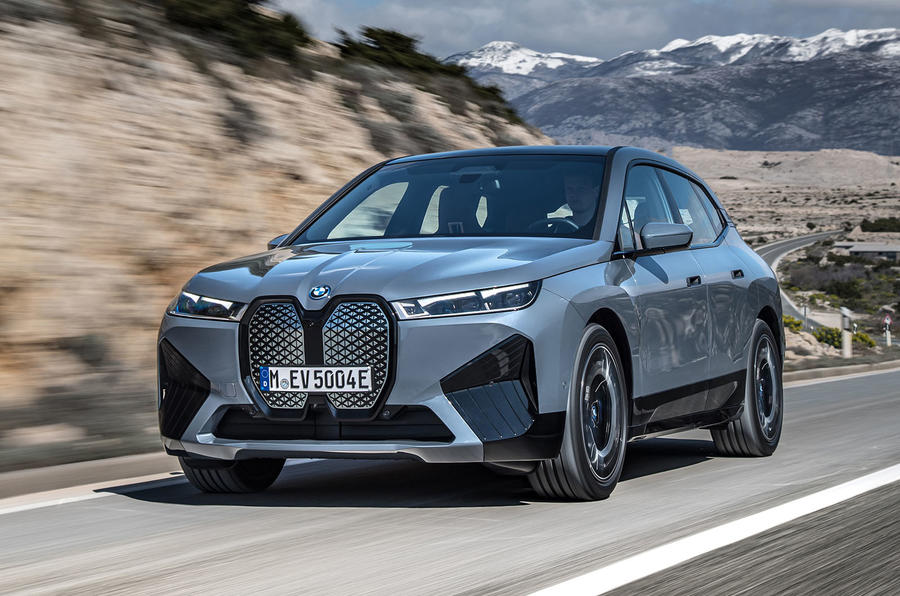
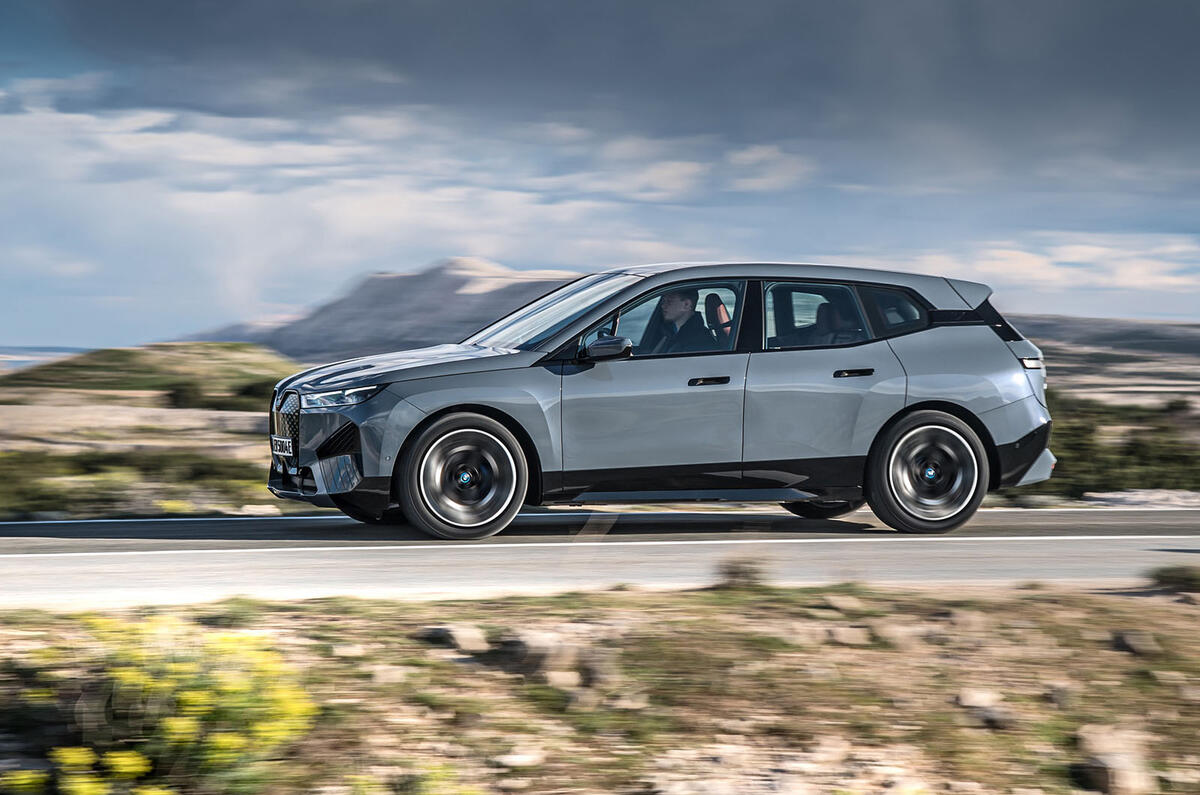
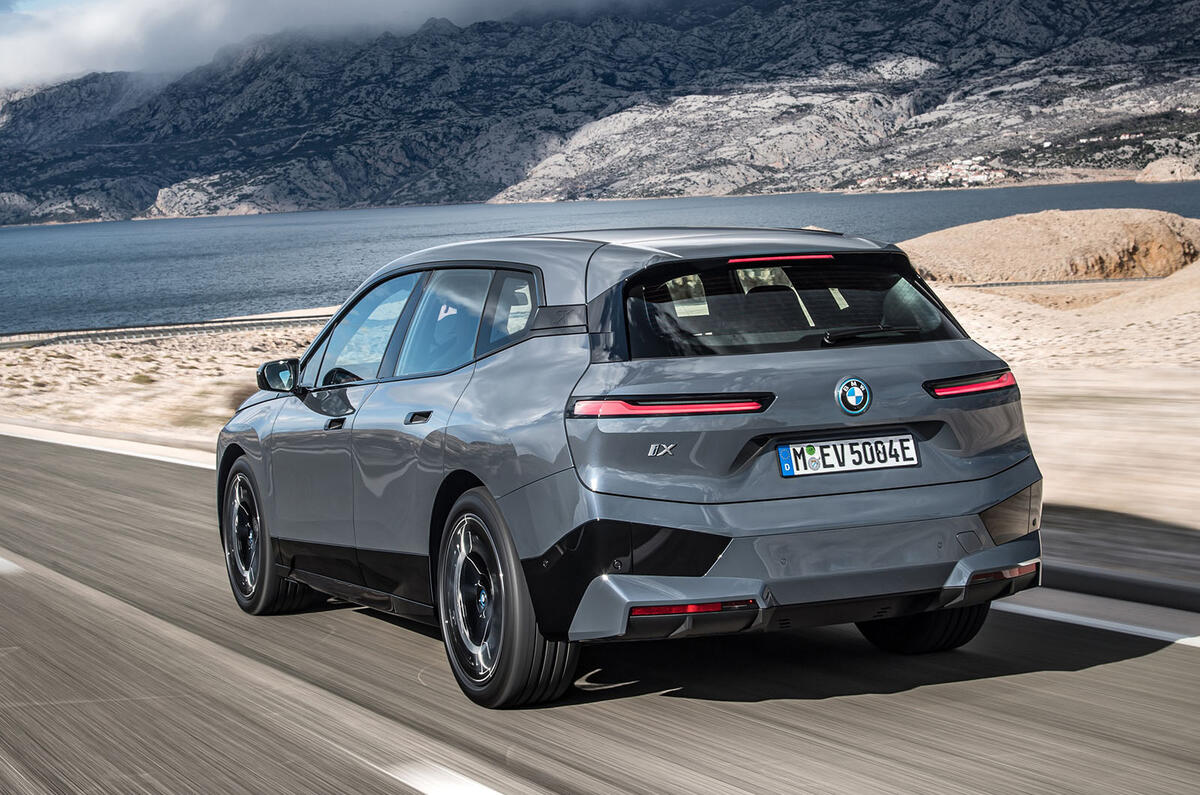





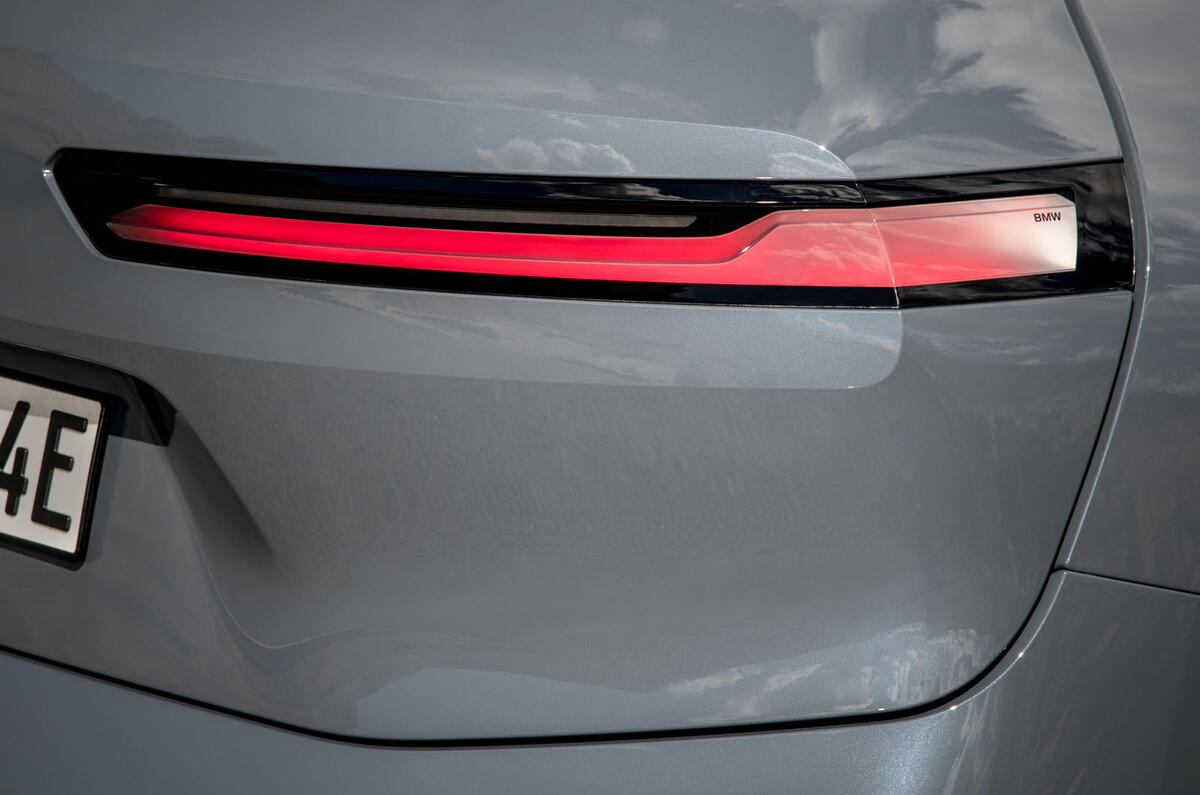





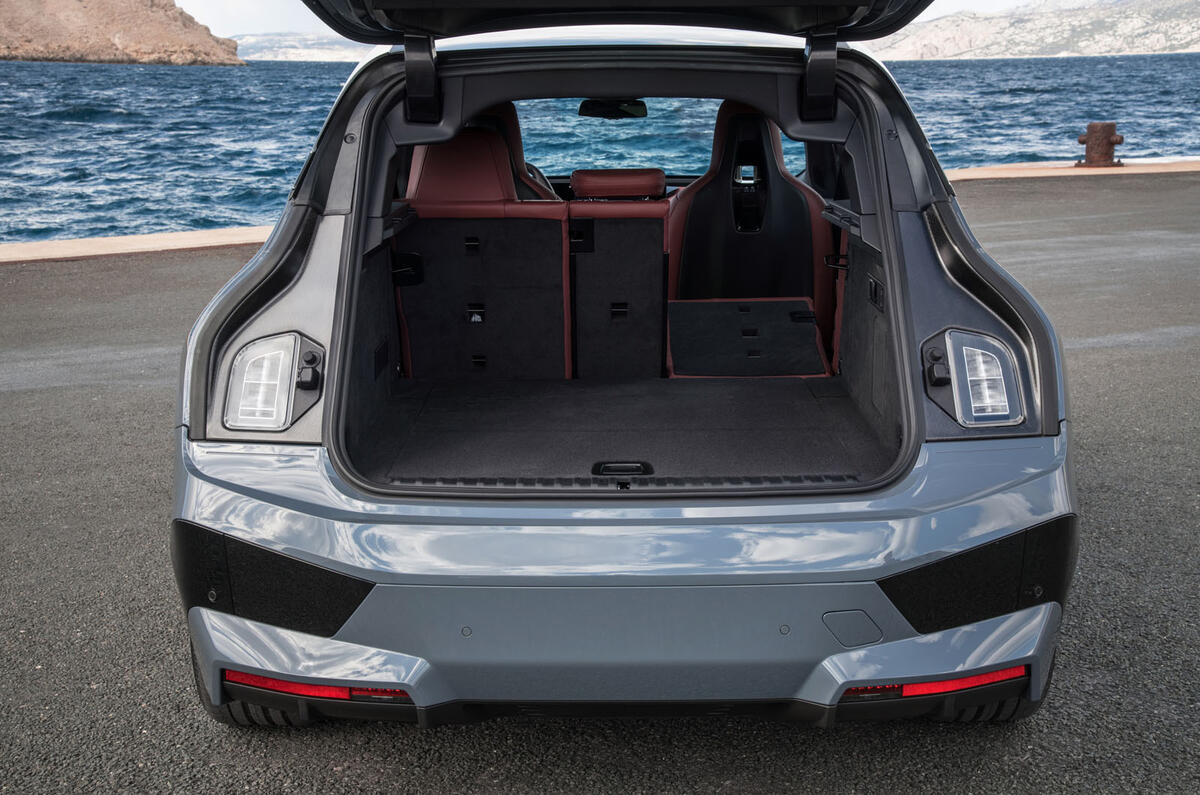



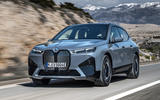























Join the debate
Add your comment
I think that the price published is the money that BMW give you to drive the damn thing!
It may be a technical success but the styling is simply hideous
Let's not pretend this is an environmentally sound car, shall we? The i3 and i8 were intelligently designed cars that attempted to make motoring less costly for the environment. It's a pity that all it took was a false change in public consciousness as to what defined an environmentally sound car for true innovation to get binned. We're heading backwards fast, again.